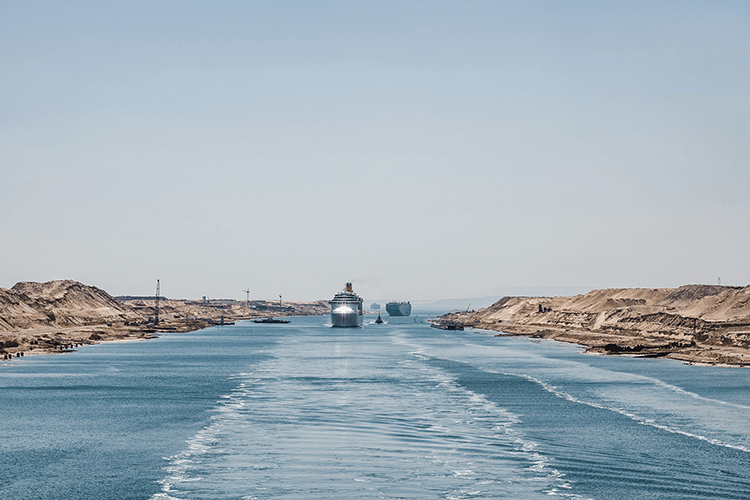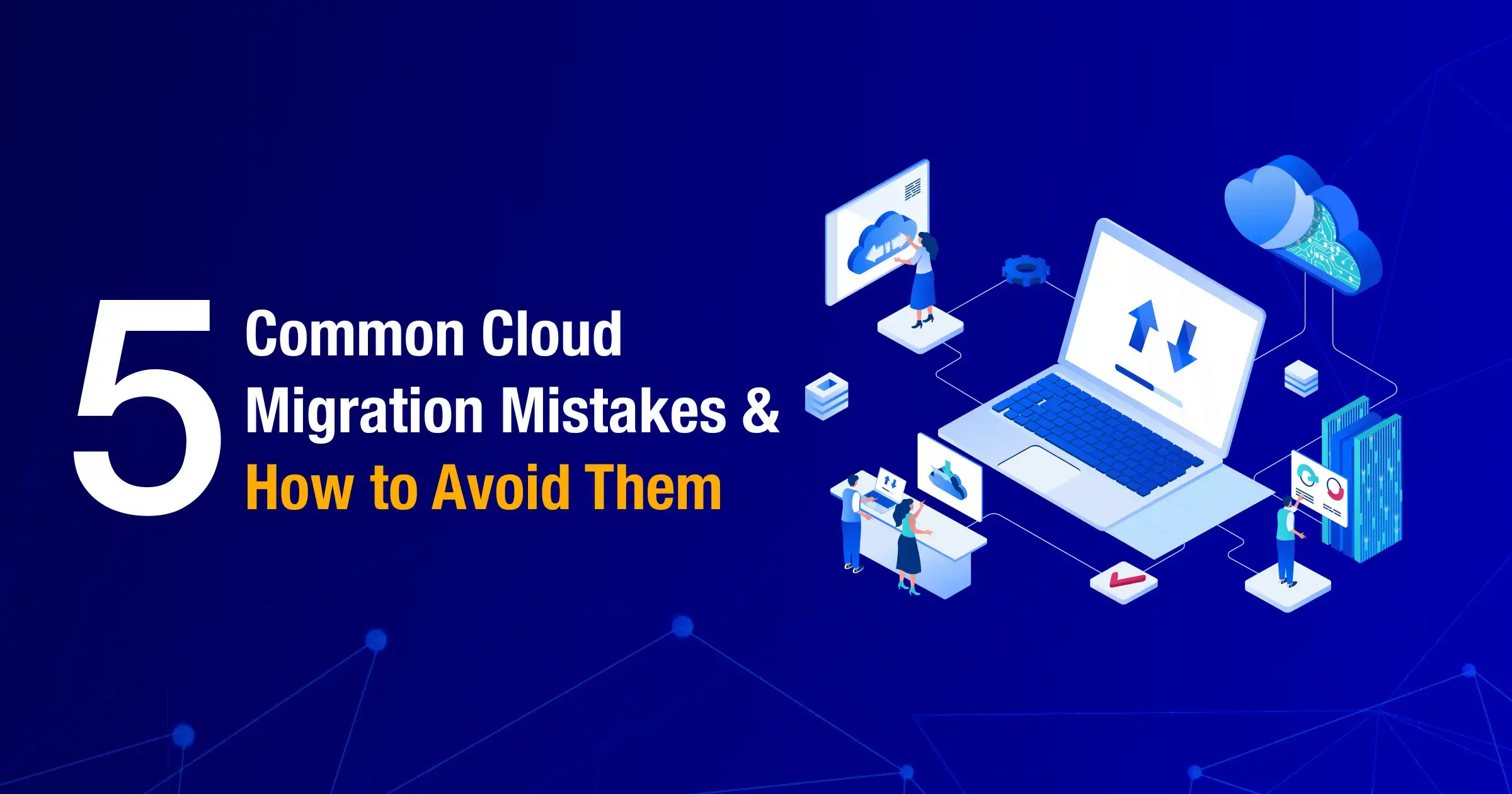Posted by Tech.us Category: Business Trends
We are a team of technology experts who are passionate about what we do. We LOVE our customers. We LOVE technology. We LOVE helping you grow your business with technology.
Artificial Intelligence Services
Machine Learning Solutions
Generative Al Companies
Robotic Process Automation
Natural Language Processing
Chatbot Development Services
Enterprise AI Solutions
Data Annotation Services
MLOps Solutions
IoT Solutions
Data Mining Solutions
Computer Vision Services
Custom LLM
AI Agents
Agentic AI Development
Custom Software Development
Enterprise Software Solutions
Software Development Services
Website Development Services
Software Product Development Services
SaaS Development Services
Mobile App Development Services
Custom Mobile App Development
IOS App Development
Android App Development
Enterprise Mobile App Development
Hybrid App Development
Software Development Outsourcing
Dedicated Development Team
Staff Augmentation Services
IT Outsourcing Services
Data Analytics Services
Data Analytics Consulting Services
Business Intelligence Solutions
Software Modernization
Application Modernization Services
Legacy System Modernization
IT Security Solutions
Cyber Security Solutions
Cyber Security Managed Services
HIPAA Compliance Cyber Security
Cloud Application Development
Custom Web Application Development
Cloud Consulting Services
AWS Cloud Consulting Services
Enterprise Cloud Computing
Azure Cloud Migration Services

POPULAR POSTS
01
How To Improve Document Processing Accuracy Using Document AI
02
The Guide to Chatbot Development & What to Seek while Hiring a Company
03
Understanding Natural Language Processing: The What? The How? and The Why?
04
11 Proven Benefits of AI Chatbots for Businesses in 2025
05
A Complete Guide to SaaS Product Development
Posted by Tech.us Category: Business Trends
The Suez Canal crisis created quite the buzz all over the world. From the memes made to the name ‘Ever Given’ becoming familiar to almost everyone, it’s an event that will surely be remembered for years to come.
Experts and analysts all over the world are claiming that the aftereffects of this incident will be felt globally for weeks, but what exactly happened at the canal that was so important? What was it about the small, man-made, bottleneck-shaped canal from the 1800s that almost brought global trade to a halt when it was blocked?
The Suez Canal is much more than just a waterway for ships to pass through, it is the backbone of all global trade at the moment. The recent disaster in the canal was a harsh reminder for companies all over the world that it’s essential to have a contingency plan for absolutely any kind of problem, even if it’s an unprecedented one like the blockage of a global trade route.
The Suez Canal is a man-made waterway built two centuries ago. It cuts through the isthmus at Suez, Egypt, and connects the Mediterranean and the Red Sea together. In practice, it is the shortest trade route connecting Asia with Europe. The canal isn’t too big, at only over 193km long.
The canal took over ten years and millions of workers to complete, but it has been used for trade by the whole world ever since. Organizations all over and entire nations depend on its smooth function, and recent events have shown that they might be counting on it a little too much.
The ship in question, named ‘Ever Given’, owned by Toyota, was a long container ship with over 18,300 containers on board and over 400m long, exactly the maximum length allowed to pass through the canal. It blocked the path of over 400 ships per day for the whole time it remained stuck.

According to global statistics, the Suez Canal is responsible for over 12% of all the world’s trade, 7% of the world’s total oil supply, and over 2% of Egypt’s GDP pre-pandemic. It’s the pathway for 30% of the world’s container ship traffic annually.
Ever Given being stuck in the Suez canal sent organizations spiraling as deliveries were late, uncertainty reached a peak, and no one knew what to do about it.

On the 26th March 2021, the ship Ever Given got stuck diagonally in the canal, unable to keep moving and effectively closing the canal up for any passing ships. It remained stuck there for six days, causing billions of dollars of loss in global trade daily, along with rising panic within the business community as each day passed.
Many are theorizing that the ship got stuck in a sand storm when it got battered by the wind and lost its way. The heavy and voluminous cargo on board would have only acted like sails and helped it lose its way, even making it harder for it to get back on course. Other factors like technical or human error haven’t been filed out either, but Toyota hasn’t received any lawsuits for the damages caused by the six-day block.
In an effort to get world trade back on track, Egyptian authorities have started permitting more than double the usual number of ships to pass through the canal per day, adding extra stress and burden to the lives of the crew and pilots on board.

Europe is one of the prime victims of this blockage, with shipments being delayed and empty containers not being available to ship out existing stock. Trade had basically come to a halt, but the aftershocks of this crisis will be felt worldwide.
Eating and drinking establishments, construction, wholesale trade, chemicals, auto repair services, and much more bear the brunt of the damage.

The Suez Canal crisis has laid bare the fact that many industries and organizations around the world lack the business preparedness it takes to handle these disasters and minimize damage.
If CEOs didn’t have a plan B in place in case of supply chain disasters already, they are probably scrambling to get them ready now. Here are some of the lessons that many companies can learn from the Suez canal crisis:

If asked two weeks ago, neither you nor anyone else would ever have been able to guess that one of the disasters your business was about to face would be a supply chain crisis triggered by a blockage in the Suez Canal. The same applies to almost every crisis in the corporate world – you never would have thought it was going to happen, but it seems so obvious in hindsight.
Because of this, you can never be too careful, or too cautious. Precious time can be saved if you have protocols and procedures in place for when every possible disaster strikes. Not only would this help you take action without the need for lengthy board meetings, but it could also even help save money and resources for your organization.
Another sound approach for crisis management is to observe closely when another organization is faced with a crisis, or even a whole country, to see how the government reacts and what policies they implement on the businesses being run in the country. Comparing those scenarios to your own contingency plans can reveal any holes or loopholes in your protocols.
Plans that are formulated for more rare occurrences can be simulated or reenacted, and their contingency plans tested, retested, and refined until business executives are sure how to best navigate their organization’s sailing out of troubled waters.
If organizations hadn’t started already, by now they’re working on developing plans on how to handle their businesses in case the ripple effect from this crisis affects them. Some of the things that might need some consideration are what an organization would do in case the regulations regarding the length of the ships allowed through the canal changes, how to manage production in case shipments don’t arrive or aren’t sent out, and what products should be prioritized when supplies and fuel are limited.
A popular saying goes “don’t put all your eggs in one basket”, and that’s exactly what your organization should be planning to do in the near future. Look into alternative land, air, and train routes to get your shipments from one place to another, and consider their usage in case another crisis like this happens.
However, the situation in Suez has been spoiled enough that trade routes by sea will face problems for the next few weeks, maybe even months. Companies will try and figure out how to operate around this mess, hopefully leading to less dependency on a single trade route in the future.
This sounds like obvious logic, but it needs to be reiterated that any plan Bs that you come up with should not be too complicated or depend too heavily on a single factor changing. Besides, it’s never a bad idea to have a backup plan in case anything in your original plan B fails to come through.
Organizations should have a financial reserve in case the need for additional funds arises when disaster hits, and supplies need to be relocated, employees reimbursed for damages, and even to settle lawsuits.
Another smart move would be to work with a company that doesn’t only move goods along a single route, but rather runs a global operation. In this case, they might be able to help you out with finding alternative routes and still moving at least a percentage of your goods.

When you’re planning how to handle supply and demand in the face of a trade route blockage, there’s no need to scramble if the delivery of your goods isn’t time-sensitive. For example, if the shipment was carrying laptops that are high in demand, a trade route blockage would only delay the launch by a few weeks, and loyal customers would be more than willing to wait for the product, especially if an attractive discount is involved.
Keeping the demand and value of your product in mind will help you plan better. Remember, faster is not always better.

According to experts, it will most likely take weeks or months for the global economy to recover from this crisis, but it has highlighted the importance of focusing on more than one trade route for exchanging goods. With the presence of alternative ways to transport goods globally, these disasters can be averted without much need for damage control on part of individual organizations. In any case, the damage from the Suez Canal disaster has already been done, and with the global economy already being in tatters following the COVID-19 pandemic, one can only hope it gets better sooner rather than later.


How Blockchain Technology and AI Are Changing the...

The Non-Geek’s Guide To Building A Tech Startup That...
Get Free Tips
NEWSLETTER
Get Free Tips
Submit to our newsletter to receive exclusive stories delivered to vou inbox!
Thanks for submitting the form.
RECENT POSTS

In-House vs Outsourced Software Development: A Strategic Guide for CEOs

What Are the Key Enterprise Software Development Considerations for...

7 Qualities to Look for in a Custom Enterprise Software Development...

How to Find the Best Custom Enterprise Software Development Company in 2026

5 Common Cloud Migration Mistakes and How to Avoid Them
We are a team of technology experts who are passionate about what we do. We LOVE our customers. We LOVE technology. We LOVE helping you grow your business with technology.
Our Services
Talk to US